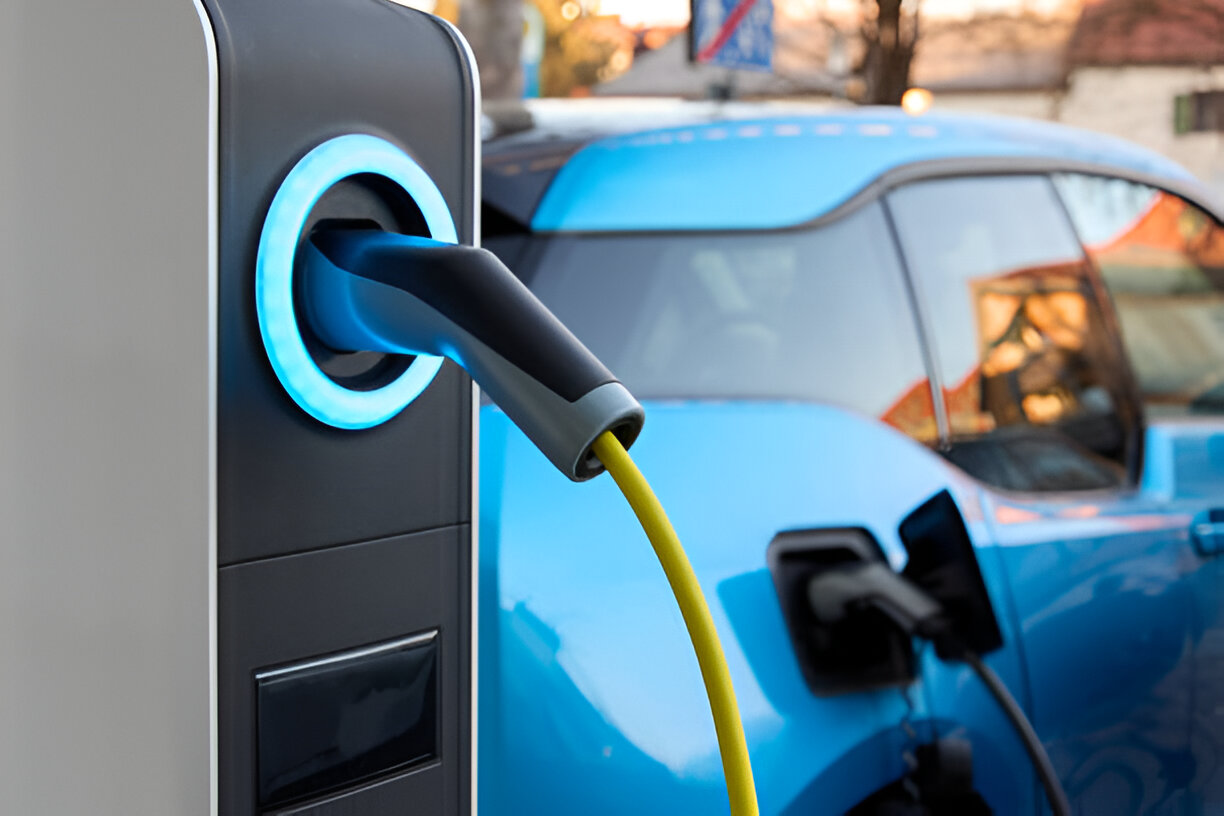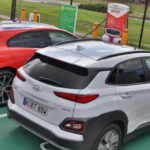

EV Charging Infrastructure in Canada: Current Maps and Expansion Plans
Electric vehicle adoption in Canada continues to grow steadily, with the charging infrastructure expanding to meet increasing demand. This blog explores the current state of Canada’s EV charging network, how to find charging stations when you need them, and what expansions are on the horizon.
Current Charging Infrastructure Landscape
As of mid-2024, Canada has over 18,000 public charging stations distributed across the country. The distribution, however, remains uneven with the highest concentration in urban centers across southern Ontario, Quebec, and British Columbia.
The breakdown by charger type shows:
- Level 1 (120V): Minimal public presence, primarily for home use
- Level 2 (240V): Approximately 16,000 connectors at shopping centers, public parking, and workplaces
- DC Fast Chargers: Around 2,000 stations along major highways and in urban centers
Essential Charging Maps and Apps for Canadian EV Drivers
Several reliable resources help Canadian EV drivers locate charging stations:
- PlugShare: The most comprehensive mapping tool, allowing filtering by connector type, network, and user ratings. Community contributions make this particularly valuable for Canadian drivers.
- ChargeHub: A Canadian-developed app with excellent coverage of Canadian stations and trip planning features customized for Canadian routes.
- FLO Network App: Essential for accessing Canada’s largest charging network, with real-time availability updates.
- Petro-Canada EV Network: Maps the growing “Electric Highway” of fast chargers at Petro-Canada locations spanning coast-to-coast.
- Tesla Supercharger Map: Critical for Tesla owners, though increasingly relevant to all EV drivers as Tesla opens selected Superchargers to other vehicles.
Major Network Expansions Underway
The charging landscape is rapidly evolving with several major expansion initiatives:
Federal Zero Emission Vehicle Infrastructure Program
The Canadian government continues to invest in the Zero Emission Vehicle Infrastructure Program (ZEVIP), with $680 million allocated through 2024 to build 84,500 new chargers by 2029. Recent funding rounds have prioritized charging deserts in rural areas and multi-unit residential buildings.
Provincial Initiatives
- Quebec: Hydro-Québec’s Circuit électrique plans to add 4,500 new chargers by 2026, focusing on northern communities.
- British Columbia: BC Hydro’s expansion includes 325 new fast chargers to complete the province’s core highway network.
- Ontario: The Ivy Charging Network continues its expansion to connect all 400-series highways with DCFC stations every 100 km.
- Alberta: The Peaks to Prairies network is expanding to connect southern Alberta communities.
Private Sector Growth
- Canadian Tire: Expanding their network to 200+ locations by end of 2025.
- Petro-Canada: Infilling their coast-to-coast network with additional stations to reduce gaps.
- FLO: Adding 2,000 new chargers across the country, focusing on workplace charging.
- Tesla: Opening selected Supercharger locations to non-Tesla vehicles through adapter programs.
Addressing Canada’s Unique Challenges
The expansion of charging infrastructure faces unique Canadian challenges:
- Cold Weather Performance: New installations increasingly feature weather protection and heating systems for chargers in extreme cold.
- Remote Areas: New satellite-connected charging stations are being deployed in areas with poor cellular coverage.
- Grid Capacity: Partnerships between utilities and charging providers are addressing grid capacity issues in high-demand areas.
Finding Real-Time Updates
To stay current on charging infrastructure developments:
- Follow Natural Resources Canada’s Electric Vehicle Infrastructure Deployment updates
- Subscribe to provincial utility newsletters (BC Hydro, Hydro-Québec, etc.)
- Join regional EV owner Facebook groups and forums for community updates
- Use the PlugShare app’s “Coming Soon” filter to see planned stations
Looking Ahead
The landscape of EV charging in Canada is transforming rapidly. By 2027, the government aims to have public charging available on all major highways and in all major population centers. For Canadian EV drivers, the future promises more convenient, reliable, and accessible charging options.
The investment in charging infrastructure demonstrates Canada’s commitment to its zero-emission vehicle targets, with the goal of all new passenger vehicles being zero-emission by 2035. For current and prospective EV owners, these expansions mean greater confidence in making the switch to electric mobility.
Add a comment Cancel reply
Comments (1)
First-Time EV Buyers: What to Consider Before Your First Trade - EVTrade
[…] Charging Options: […]
Categories
- Car News (10)
- Car Reviews (7)
- Educational Tips (7)
- Electric Cars (9)
- EV Battery (1)
- EV Charging (8)
- EV Testing (3)
- Uncategorized (28)
Recent Posts
Related posts


EV Myths vs Facts What You Really Need to Know

The Green Revolution How EVs Are Leading the Way









